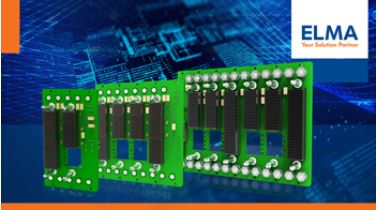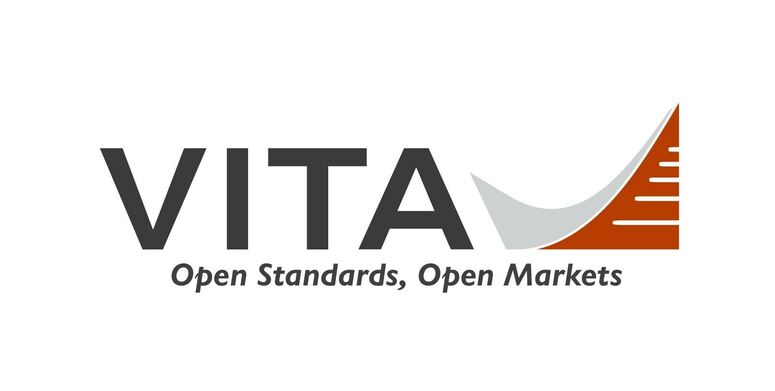Anyway….for those in the defense market you’re familiar with partitioned OSes, including offerings from Green Hills (INTEGRITY), Wind River (VxWorks…sort of), QNX, and LynuxWorks (LynxOS). With Common Criteria, EAL-7, and DO-178B requirements, the concept of a partitioned OS makes good sense. This is an environment on top of a kernel where different applications (or OSes) run in “partitions” that are segregated from each other. A fault, bug, or problem in a partition doesn’t necessarily kill the whole environment. Perfect for safety critical and military apps.
What Intel is doing with their new Core 2 Duos, while working with the PCI-SIG, is building in HARDWARE support for VT (partitions). The advantage of this that apps or OSes running in a partition can get more direct access to hardware (think Ethernet or PCI Express) without having to traverse through goofy (think latency) software drivers and other layers. More importantly, this provides a more deterministic setting for I/O, and more closely couples the underlying hardware with the software. I don’t profess to understand the nuances yet (but I will). Still: this is YET ANOTHER example of desktop technology migrating into embedded to our benefit.
Oh….why do I mention LynuxWorks in the title? Intel showed off a slide of an embedded system with a LynxOS kernel with DO-178B partitions running on an Intel CPU, a Northbridge, and misc Intel I/O devices like WiFi and Ethernet. To see the word “LynxOS” on an Intel slide…along with “DO-178B” just blew me away. Gotta keep an eye on Intel. And I still think Freescale (PowerPC) ought to be worried.
C2










